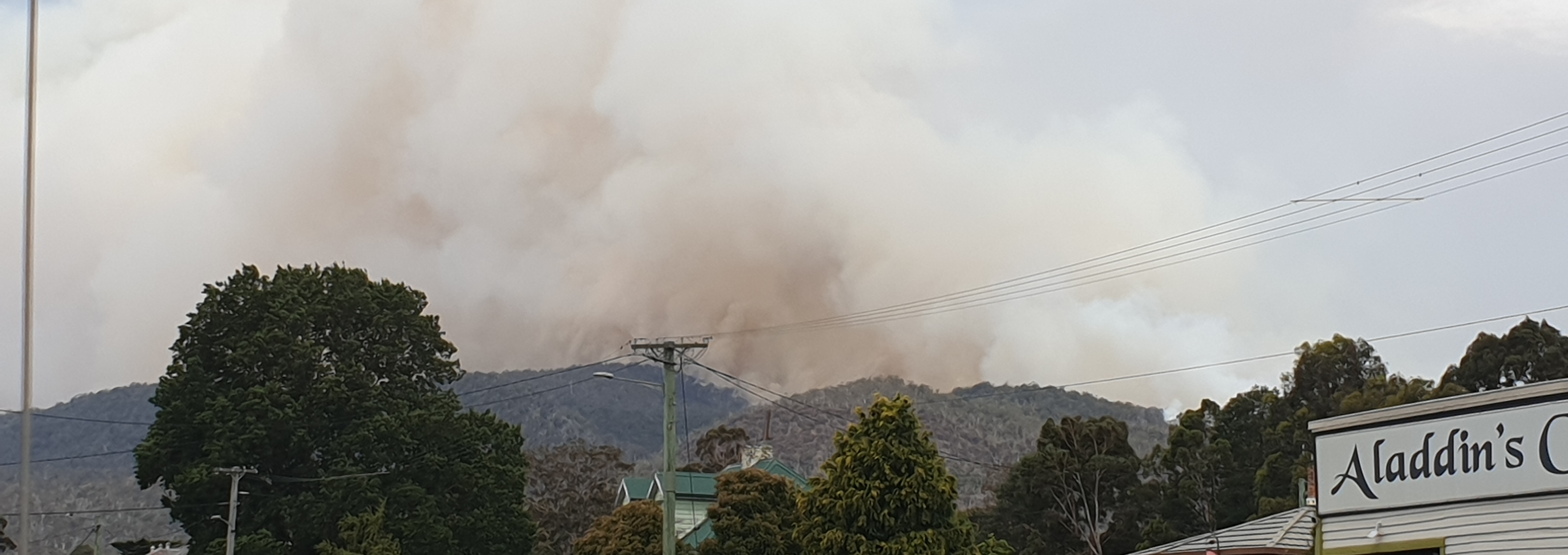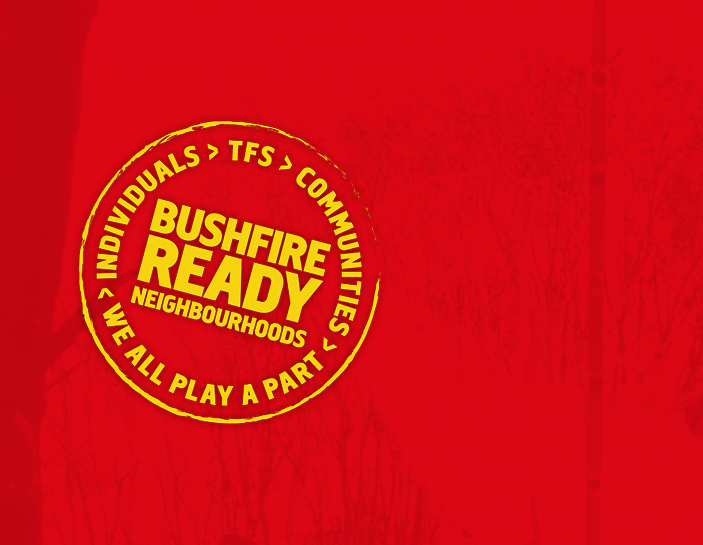Reflections on the Black Summer bushfires

Reflections on the Black Summer bushfires
Bushfires across most of Australia – especially the fires on many parts of the mainland – dominated news coverage last summer. Some of the things I’ve watched, read and heard about have prompted me to reflect on what individuals and communities can do in the face of bushfires of this scale and intensity.
We have seen loss of life and large-scale property. Firefighters and communities have been caught by surprise by the intensity and speed of the fires, and there has been much debate on alleged ineffective firefighting strategies and the need for more hazard reduction burns. Whole communities were isolated for days and weeks during and after the fires passed, with many roads blocked, limited food supplies and telecommunications down.
We saw communities coming together to support each other during and after the fires, the overwhelming resilience of affected communities, and the generosity of the broader Australian (and international) community.
Black Summer headlines
- Queensland’s early bushfire season prompts call for emergency plans in suburbia
- Bushfires cut off Bendalong and Manyana from the world for days but the community banded together
- Bushfire survivors call for more fire preparedness support for people with disabilities
- NSW bushfires were ‘like a demon attacking’, Mogo survivor says after evacuating to Batemans Bay
- Bushfire survival stories emerge from New Year’s Eve blazes in Victoria’s east
- Are hazard reduction burns effective in managing bushfires? The answer is complicated
It’s fair to say that the bushfires of last summer have been a wake-up call for many. Who could have imagined it happening in Australia – the Navy being called in to rescue people from the beach, stranded because of a bushfire!
One of the things I have been reflecting on is the importance of a multi-pronged approach to reducing bushfire risk. On its own, any one strategy to manage bushfire risk is unlikely to be successful without other complementary strategies being implemented as well.
Thinking about it from the perspective of Bushfire-Ready Neighbourhoods, the fires this summer highlight the importance of strong community networks to bring the community together before, during and after a bushfire, to boost preparedness efforts, to help the community keep each other safe, make sure people who need help are not left behind, and to provide support after the fire has passed.
They also highlight the importance of preparedness at the individual and household level – preparing properties for bushfire and creating a bushfire survival plan. The impacts of the fires have highlighted that people need to be proactive and prepare themselves and their properties for bushfires.
Despite heroic efforts, firefighters are not always able to protect properties (and at times whole communities) due to the intensity and speed of the fires; previous hazard reduction burns did not always help to reduce the intensity and speed of the fires.
The Black Summer was a stark reminder that when it comes to bushfire safety, we all play a part. It is no longer enough to rely solely on the efforts of a long list of government stakeholders to reduce bushfire risk including local government authorities, Parks and Wildlife Service, Sustainable Timbers Tasmania and the Tasmania Fire Service.
A critical element of bushfire safety is individuals, communities and households preparing themselves and their properties for bushfires. As we say in Bushfire-Ready Neighbourhoods:
Individuals > TFS > Communities > WE ALL PLAY A PART
Brett Patterson
Community Development Officer, North West


